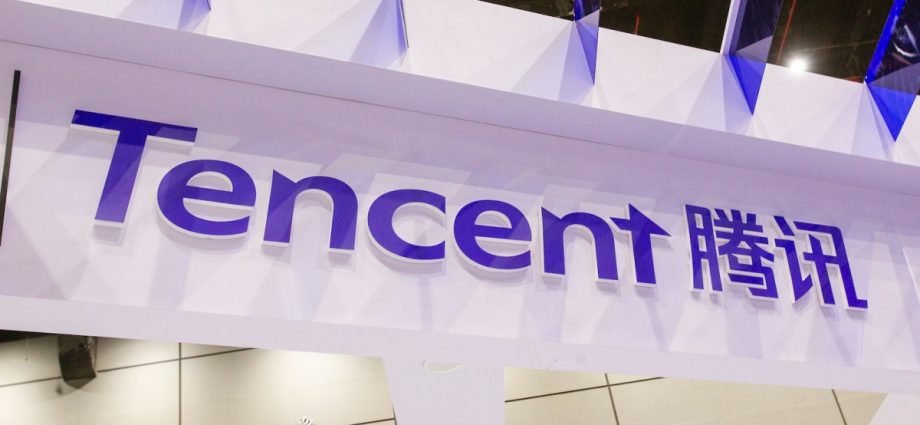
With technology shaping and even determining our future life, technological empowerment creates more possibilities for every industry: in China, people making bank transfers with just a few clicks on the mobile screen, kids sitting at home listening to online classes, pandemic-prevention officials checking case numbers on websites or apps. All aspects of our lives are being radically changed by digitized technology.
Driven by fifth-generation (5G) technology, artificial intelligence, cloud computing, blockchain and other frontier tech, the Fourth Industrial Revolution is transforming human society and ushering mankind into an “intelligent era.”
In recent years, high technology has also been empowering philanthropy. Charity nowadays is no longer queuing up to make donations, as it has become much more logical, fun and digitized. How technology is driving the philanthropy sector can be found in two famous philanthropy days in the US and China.
Giving Tuesday
Giving Tuesday, started in New York in 2012, is a global generosity movement that falls on the Tuesday after every US Thanksgiving, in late November. The now year-around worldwide movement encourages the general public, charity organizations and enterprises to donate time, money or even skills to help those in need.
According to the GivingTuesday 2021 Impact Report: Giving and Community in a Time of Crisis, more than 80 official Giving Tuesday national movements took place last year.
But keeping track and making good use of the online donation results in all these countries and by all these people is no easy thing. So the GivingTuesday team launched the GivingTuesday Data Commons for organizations, data scientists, and academics to analyze the data, and build data-informed tools.
It has grown from including data on donation transaction records at first, to helping conduct survey research and analyze volunteer behavior based on the results. With the use of the data-driven technological platform, the team could learn much more about the charity behind the data – behavior, motivations and influences.
The GivingTuesday Data Commons is so far the largest philanthropic data collaboration, with hundreds of partners and 50 data labs around the globe.
99 Giving Day
The 99 Giving Day, initiated by the Chinese technology giant Tencent in 2015 and held in September every year, covers diverse philanthropic issues like poverty relief, educational aid, and ecological protection.
In the last six years, users’ donation amount for 99 Giving Day has increased from 128 million yuan (US$19 million) to 2.32 billion yuan ($352 million), or more than 17 times. Attracting 68.7 million participants in 2021, 99 Giving Day has become a renowned charity day, with the largest number of participants, the most influential contributors and the most diverse range of charity scenarios in China.
Its rapid development could not have happened without technological innovation. Gamification helps make online fundraising entertaining and engages more Chinese younger generations, as gamified charity is a trendy approach in philanthropy.
More and more companies integrate gamified elements with charity to transform its potential value into realized values, and Tencent is doubtlessly one of the most successful in doing this.
At the heart of 99 Giving Day’s gamification are “Little Safflowers,” which users could earn from previous donations and charity quizzes, and convert into money to donate to their favorite charity projects. The virtual token of the red flowers is growing to be a symbol of love in Chinese philanthropy.
Tencent not only empowers individual users through technology but also helps charity organizations with digital upgrades. Tencent Charity is launching an inclusive digital toolbox during this year’s 99 Giving Day, incorporating digital resources like Tencent Cloud, Tencent Docs and CoDesign to address the digital difficulties that many charity organizations face.
Charity digitization
According to the 2021 Philanthropy Digitalization Research Report, nearly 70% of charity organization leaders express a need for digitization, but 66% of charity organizations invest less than 1% of their total fundraising in the digital field. The digital toolbox can solve the problems that restrict the development of charity organizations by making their digital transformation possible.
Global philanthropy is seeing tremendous growth and reaching a wider population with the aid of digital technology. According to the Charity Digital Skills Report 2020, 57% want their leaders to be more confident in moving their charity forward with digital. If the leaders don’t develop their digital skills, 66% are concerned that they will miss out on opportunities to help users, while 58% are worried that they won’t reach their audience.
Douglas Kelly, senior professional staffer at the Johns Hopkins University Applied Physics Laboratory, has pointed out that it is essential for nonprofit organizations to heighten their technological effectiveness. Therefore, digital technology empowering philanthropy has far-reaching significance.
First, digital technology is making philanthropy diversified and convenient. Apps, mini-programs and live streaming platforms are changing how people donate with ways to participate in philanthropy becoming as easy and enjoyable as possible.
Second, digital technology is expanding the scope and depth of philanthropy. The charity issues that were hard to address in the past, such as left-behind children and protection if cultural relics, can be coped with better with technology nowadays.
Third, digital technology is improving the openness and transparency of philanthropy. Blockchain helps monitor donation flows, manage distribution and identify recipients.

